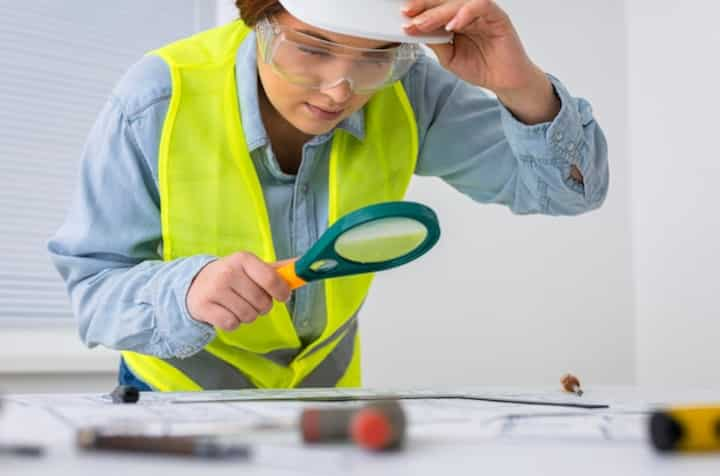
Need Emergency Mold Removal in Somerset? Weve Got You Covered!
Sudden mold growth can be alarming for anyone in Somerset. Whether due to unexpected flooding, leaks, or high humidity, mold can quickly spread and pose significant health risks. Immediate action is essential to mitigate these risks and restore a safe environment. This article provides comprehensive insights on emergency mold removal and how residents in Somerset can effectively manage such situations.
Understanding Mold and Its Risks
Mold is a type of fungus that thrives in damp, humid conditions. It can grow on various surfaces and is often identified by its musty odor and discoloration. While some mold types are harmless, others can cause serious health issues, particularly for those with respiratory conditions or weakened immune systems.
Health Implications of Mold Exposure
- Allergic Reactions: Sneezing, coughing, and skin rashes.
- Respiratory Issues: Worsening of asthma symptoms and difficulty breathing.
- Immune System Effects: Increased susceptibility to infections.
Find additional information here.
Signs You Need Emergency Mold Removal
Recognizing the early signs of mold infestation is crucial for timely intervention. Here are common indicators that suggest the need for immediate mold removal:
- Persistent musty odors.
- Visible mold growth on walls, ceilings, or floors.
- Water stains or discoloration.
- Recent water damage or flooding history.
- Health issues among occupants that improve outside the home.
Learn more in this detailed guide here.
Steps for Effective Mold Removal
Addressing mold requires a structured approach to ensure complete removal and prevent recurrence. Here are the essential steps typically involved in emergency mold removal:
1. Assessment and Inspection
A thorough inspection helps determine the extent of mold infestation and the areas affected. This step is critical for devising an effective removal strategy.
2. Containment
Containment involves isolating the mold-affected areas to prevent spores from spreading to other parts of the property.
3. Air Filtration
High-efficiency particulate air (HEPA) filters are often used to capture airborne spores during the removal process.
4. Mold Removal
The actual removal process involves cleaning and decontaminating surfaces, as well as disposing of heavily infested materials.
Read more about this topic here.
5. Repair and Restoration
Post-removal involves repairing any damage caused by mold, such as replacing drywall or flooring, to restore the property to its pre-mold condition.
Explore further insights here.
Prevention Tips to Avoid Future Mold Growth
Prevention is key to minimizing the risk of mold recurrence. Here are some effective strategies:
- Maintain low indoor humidity levels (ideal is between 30% and 50%).
- Ensure proper ventilation in high-moisture areas like bathrooms and kitchens.
- Repair leaks and water damage promptly.
- Regularly clean and inspect HVAC systems.
- Use mold-resistant products during renovations or constructions.
Learn more in this detailed guide here.
Conclusion
Mold removal requires swift action and a thorough approach to ensure safety and prevent future problems. By understanding the risks and recognizing the signs of mold, residents in Somerset can take proactive steps to address and manage mold issues effectively. For more information on mold remediation, find additional information here.